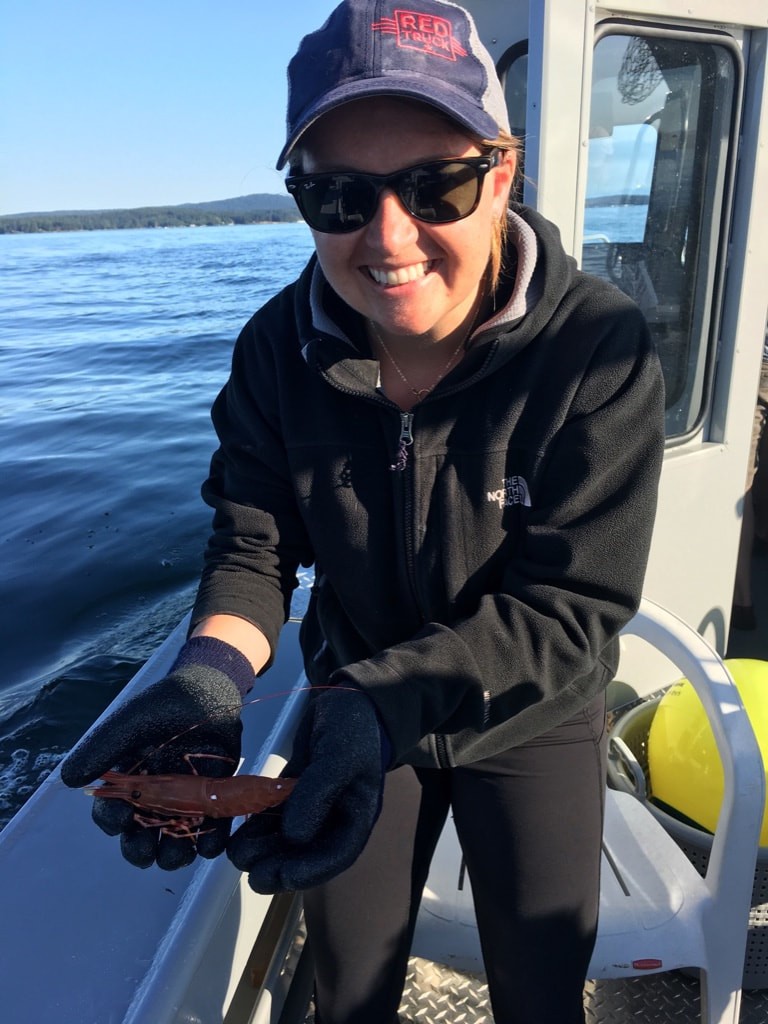Ecohydrology is the intersection between hydrology and ecology, and traditionally ecology has referred to the natural environment. However, given the undeniable and ever-present interconnections between people and our surroundings, I think it is important that we also include human ecosystems when we study water.
What are your undergraduate and graduate degrees in?
I have an undergraduate degree in Civil Engineering from Cal Poly, San Luis Obispo, and graduate degrees in Civil and Environmental Engineering from Stanford University, with a Master’s concentration in Environmental Fluid Mechanics and Hydrology and PhD concentration in Environmental Engineering and Science.
How did you arrive at working in/thinking about ecohydrology?
My journey into the water world started as an undergraduate through two avenues. First, I was involved with Cal Poly’s Engineers Without Borders group, designing and planning the implementation of slow sand filters for water treatment in a remote Thai village. Over the course of the three years I was involved with the program, including a site visit, it became clear to me how central water is to every single aspect of life. Second, I participated in a summer NSF REU program at the O.H. Hinsdale Wave Research Laboratory at Oregon State University studying tsunami waves, which opened my eyes not only to water science and engineering, but also to research itself as I was coming from a primarily undergraduate teaching university. I then worked in environmental consulting for a few years before returning to graduate school, at which point I thought that I wanted to study fluid mechanics based on my positive experience at the wave lab.
However, I soon realized that I wanted to work on systems-level and policy-relevant water challenges. This realization was partially motivated by the fact that it was early on in the 2012–2016 historic California drought, which highlighted the inefficiencies and shortfalls of our current water management strategies. My interests snowballed from there to where I am today, and I would classify my research as urban socio-ecohydrology.
What do you see as an important emerging area of ecohydrology?
One emerging area that I see for all fields of hydrology is the proliferation of big data. Not only are we seeing higher frequency measurement devices or improved computing power and data storage capabilities, but also the emergence of new data sources themselves. One example is that can now develop proxies for previously difficult to quantify variables. In sociohydrology, for instance, we can use internet search frequency or news media articles to understand public awareness or interest in a meteorological event instead of relying on surveys.
Do you have a favorite ecohydrology paper? Describe/explain.
My favorite recent socio-ecohydrology paper is Breyer, Zipper, and Qui, 2018 which was published in Water Resources Research. The authors incorporated a suite of modeling techniques and data sources to paint a holistic picture of human–water interactions during drought. By combining physical attributes like streamflow and climate data with remote sensing and sociodemographic data, they were able to geospatially-explicitly demonstrate how drought can impact human water use behavior, which then feedbacks and impacts water resources. I actually thought that this paper was so elegant that I emailed the authors (who I have never met) to let them know—which is a practice that I want to continue in the future. I think it is important we create a culture of positivity in our field and let our peers know when we are excited and impressed by their work!
Two other recent papers that I like are Mini, Hogue, and Pincetl, 2014 and 2015 on urban water use in Los Angeles. Although these papers are only five years old, I feel like they were very progressive in combining big water use datasets with remote sensing data to estimate outdoor water use and the impact of restrictions.
What do you do for fun (apart from ecohydrology)?
Like many hydrologists, I love being outside! My favorite activities are mountain biking and skiing, but I also love running and hiking. A few weeks ago, I went on a backpacking trip with my mom in the Eastern Sierra Nevada mountains in California which was really special—we retraced the route that she was in charge of 40 years ago when she was a backcountry forest ranger in early her early 20s.

 RSS Feed
RSS Feed